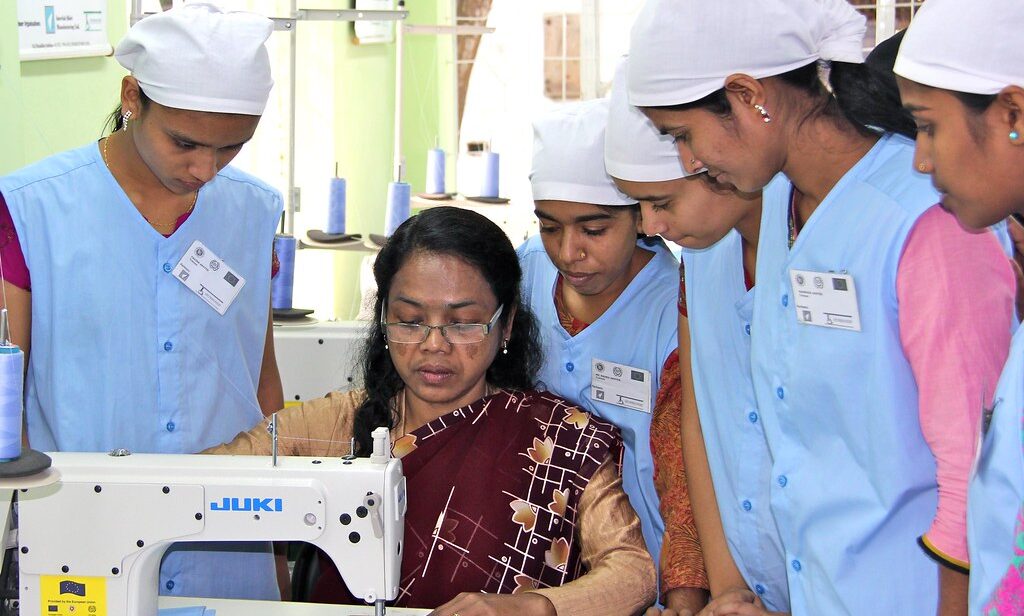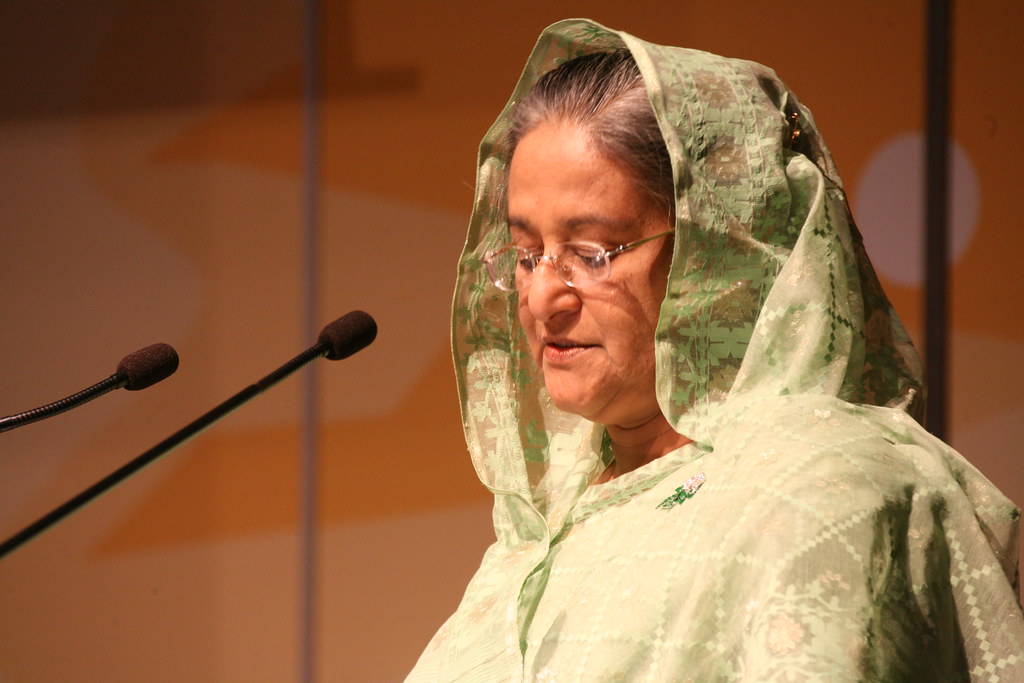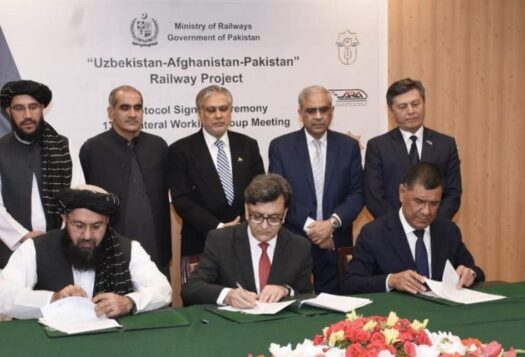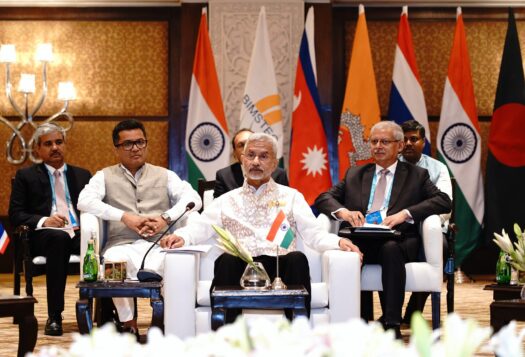
Bangladesh and Japan are set to finalize the Economic Partnership Agreement (EPA) to bolster bilateral trade and investment between the two nations. The relationship between the two nations has grown rapidly over the years and Japan is now one of Bangladesh’s most important strategic partners. The relationship underwent a significant shift with the visit of Prime Minister Sheikh Hasina to Japan in April, which helped both countries strengthen their bilateral ties from a comprehensive partnership to a “strategic” one that will guard their economic prospects in the region.
Japan has developed as an important economic partner for Bangladesh, with Bangladesh’s principal exports being ready-made clothing and leather items. The number of Japanese enterprises in the nation quadrupled over the past decade and Bangladesh received more than USD $100 million in investment from Japan in 2022, a record high. However, there remains untapped potential for medicinal, agricultural, and fisheries goods to be exported to Japan. Bangladesh imports iron, steel, automobiles, and machinery from Japan. Addressing the current trade imbalance and growing trade prospects will be critical for the long-term alliance of the two nations.
Bangladesh’s exports to Japan have been increasing since 2008, especially since the Japanese government eased the Rules of Origin for the knitwear industry in 2011, which helped to raise the number of garment shipments to Japan.
Currently, many Japanese corporations want to relocate operations to various regions of Asia. This would be a huge opportunity for Bangladesh to attract more investment from Japan. Tariff and duty structures, trade in products and services, investment, mutual recognition of certificates, and the present market conditions all need to be examined.
A New Turning Point in Bangladesh-Japan Relations?
Bangladesh’s exports to Japan have been increasing since 2008, especially since the Japanese government eased the Rules of Origin for the knitwear industry in 2011, which helped to raise the number of garment shipments to Japan. Garment exports to Japan increased by more than 45 percent year-on-year in the fiscal year 2022-23, reaching USD $1.6 billion. Bangladesh exported items worth USD $1.7 billion to Japan in 2022, representing a year-on-year increase of more than 40 percent. The clothing industry accounted for more than 80 percent of total exports. Many Japanese brands and corporations, particularly clothes shops, have begun to arrive in Bangladesh with large work orders.
Over the last decade, Japan has courted Bangladesh for signing an EPA to increase economic interaction. The EPA is wider than a free trade agreement since it involves investment and services as well as tariff regimes. The Bangladesh-Japan Economic Partnership ushers in a new age of economic development and collaboration among Asian nations. The visit of Prime Minister Sheikh Hasina to Tokyo in April laid the groundwork for robust economic relations between these two countries. The first round of negotiations took place during the visit. Both countries signed three memorandums of Understanding (MoUs) to strengthen bilateral relations. The EPA is expected to be signed by the end of 2025 or early 2026.

How the EPA Can Create a Win-Win Situation
The EPA between Bangladesh and Japan has the potential to benefit both countries. The EPA corresponds with Bangladesh’s desire to maintain duty-free export benefits after exiting the group of least-developed nations (LDCs) in 2026. Should it successfully surpass the LDC evaluation, Bangladesh’s capacity to retain its manifold existing lawful privileges, including preferential duty benefits, stands challenged. As a result, if an EPA is not struck to maintain existing zero-duty privileges to Japanese markets, Bangladesh may incur duties ranging from 8 percent to 10 percent on commodities shipped to Japan. In this scenario, Bangladesh would lose USD $7 billion in commerce each year compared to pre-2026. Japan has shown an interest in providing duty-free trade facilities to Bangladesh throughout the post-LDC phase.
For Bangladesh, the EPA can open the door to the enormous Japanese market for medicines, agricultural, and fisheries goods, enabling export diversification and trade imbalance reduction. Improved economic connections with Japan can also attract more foreign direct investment (FDI), encouraging industrial output and fostering economic growth. Furthermore, because Japan is advanced in technology, Bangladesh will gain from the transfer of expertise in this field from Japan. Bangladesh should seek additional FDI from Japan while also diversifying its export items, as the country’s export basket diversity remains low in comparison to Japan’s. Due to its diverse product basket, Japan can easily supply at least 15 items for export.
Japan has long been a development partner of Bangladesh. It has invested in several megaprojects, especially in the recently inaugurated metro rail project. For instance, Bangladesh and Japan signed an agreement worth USD $1.23 billion last year for development projects including the metro rail. Japan is also eager to contribute more to help Bangladesh with the Smart Bangladesh goals that it aims to achieve by 2041.
The EPA could also resolve challenges and processes for doing business that Japanese investors encounter and fostering a climate that encourages international investment and industrial output. The absence of an Economic Partnership Agreement (EPA) between Bangladesh and Japan has engendered a milieu rife with challenges, which have predominantly manifested in the form of non-tariff barriers and procedural intricacies. These impediments, arising from the dearth of a structured framework for economic cooperation, have acted as a deterrent for Japanese investors seeking to engage with the Bangladeshi market.
The divergent economic structures, regulatory frameworks, and development levels of the two nations may necessitate arduous negotiations to strike a balance that accommodates both parties’ interests.
Under the EPA, these restrictions will be removed, so that Japanese enterprises may spend more and show greater interest in the country’s economic growth. Bangladesh has a lot of potential in terms of supply chain diversification and developing high-quality human resources. Japan can profit from increased access to Bangladesh’s competitive garment and leather sectors, therefore promoting trade and economic growth.
Despite these advantages, negotiating and signing an EPA between Bangladesh and Japan is likely to encounter a set of intricate challenges. The divergent economic structures, regulatory frameworks, and development levels of the two nations may necessitate arduous negotiations to strike a balance that accommodates both parties’ interests. Ensuring equitable terms for market access, trade liberalization, and investment protection could be contentious. Moreover, sectors like agriculture need careful handling to balance local interests and market-opening advantages. Addressing non-tariff barriers requires cooperation in aligning standards and procedures. Gaining domestic consensus is vital to managing- stakeholders’ concerns. Geopolitical dynamics impact negotiations, demanding delicate diplomacy. Therefore, successful agreement hinges on commitment, negotiation skills, and adaptability to surmount economic, sectoral, and geopolitical obstacles.
Looking past 2026, Nishimura Yasutoshi, Japan’s Minister of Economy, Trade, and Industry, pledged full support to Bangladesh’s endeavor to become a high-income nation by 2041 during a meeting with State Minister for Foreign Affairs Shahriar Alam. Japan is now exploring the favorable treatment that Bangladesh might need following its rise to the middle-income nation group.
Also Read: Political and Economic Controversies Surround Bangladesh’s IMF Loan
***
Image 1: Trainees Learning from a Sewing Machine Operator in Bangladesh via Flickr.
Image 2: Sheikh Hasina Prime Minister of the People’s Republic of Bangladesh via Flickr.


